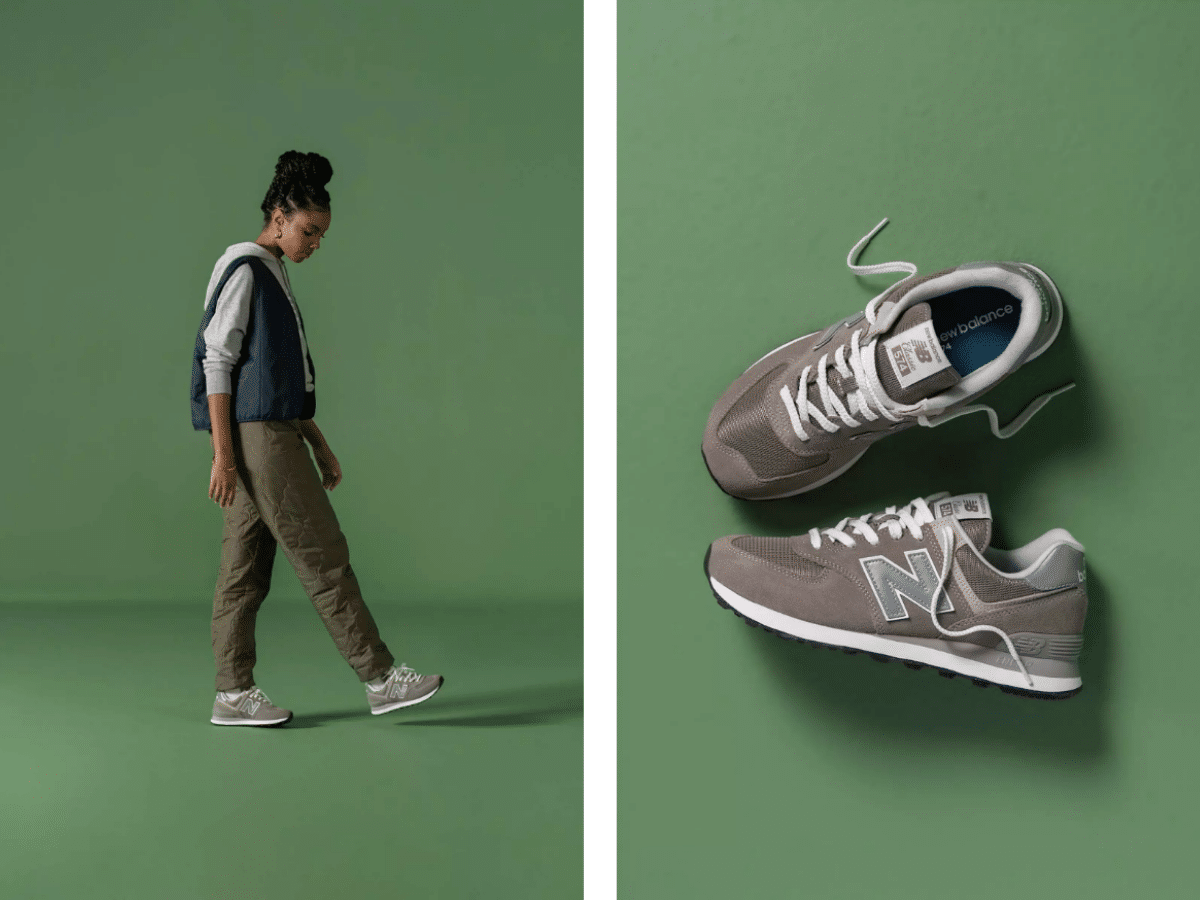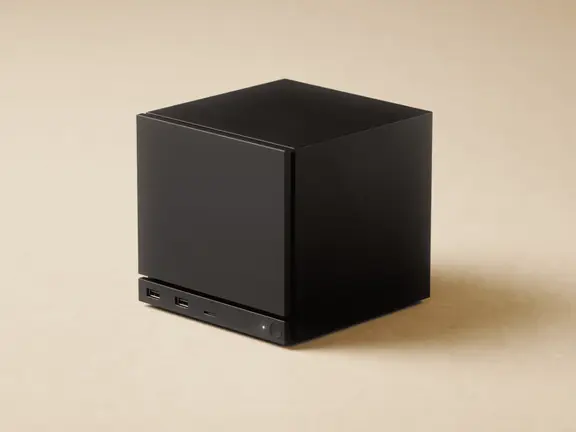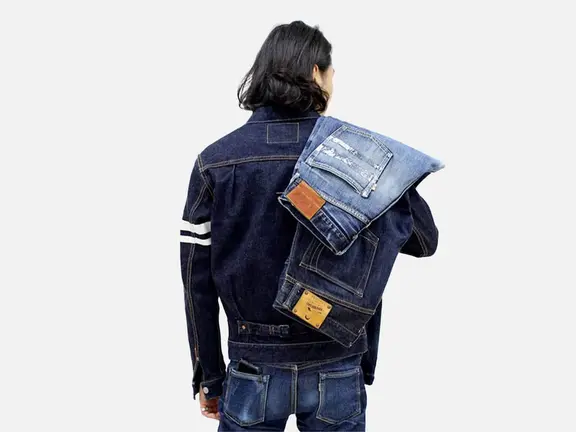
Published:
Readtime: 4 min
Every product is carefully selected by our editors and experts. If you buy from a link, we may earn a commission. Learn more. For more information on how we test products, click here.
In an exciting piece of Earth Day news, global footwear leader New Balance has announced its ramping up its product assortment under a new Green Leaf standard banner. The initiative will fly the flag for the brand’s green strategic future, that from today, includes some of your favourite footwear models such as the iconic 574 and the latest performance runner, Fresh Foam 1080v12.
“Building our product in a more responsible way is a continuous journey… We are continuing our green leaf efforts with styles from our highest-volume footwear models, placing our efforts where the impact will be the greatest,” said Cynthia Maletz, Director of Product Creation Platforms for New Balance.
The brand indicates that 19% of its footwear volume and more than 60% of inline apparel, will meet the brand’s green leaf standard (Spring 2022 collection) with the overall holistic goal to source 50% recycled polyester and 100% preferred leather by 2025. And we’re breaking it all down below.
Related: JJJJound and New Balance Just Dropped a Sneaker of the Year Contender
New Balance’s Green Strategy
“It’s important for us to provide consumers with intuitive tools, like New Balance’s green leaf standard, that will help them choose products that align with their values, with the goal of creating systemic change and positive impacts within the fashion industry,” said Laura Wittman, New Balance VP of Responsible Leadership and Corporate Compliance.
Strategic Goals for Product Lines
As mentioned, the strategic goals for the brand have officially been outlined today, and while 2020 saw the introduction of the ‘green leaf’ standard into the apparel collection, footwear is the driving force behind its most recent goals. In order to meet New Balance’s green leaf standard;
- At least 50% of the materials in a garment are sourced as environmentally preferred.
- At least 50% of the materials in its upper are sourced as environmentally preferred.
- At least one material in the midsole/outsole uses circa. 3% bio-based or 5% recycled content.
Furthermore to the raw numbers, the brand has outlined its strategy for ‘environmentally preferred material’ basing it on physical characteristics (for example, recycled polyester) or around sustainable sourcing practices (for example, leather sourced from LWG Gold-rated tanneries).
Check out Green Leaf products here
Holistic Goals for the Brand
Here are the steps New Balance is taking to lower its carbon footprint between now and 2030.
Renewable Energy: New Balance aims to use 100% renewable electricity across its global operations by 2025 and is setting new science-based reduction targets across all scopes of emissions as a signatory of the Business Ambition for 1.5ºc and the UN Fashion Industry Charter for Climate Action.
Longevity and circularity: New Balance aims to send zero waste to landfills from its footwear factories by 2025, and the brand conducted an apparel repair pilot in 2021 as part of its journey to address post-consumer waste and establish greater levels of circularity.
Lower-carbon materials: Polyester and leather are two of the largest drivers of climate impact for New Balance. As a first step toward lowering those impacts, the brand will source 50% recycled polyester and 100% preferred leather by 2025.
Advocacy and conservation: In coordination with 1% for the Planet, through June 2023 New Balance will donate 1% of MSRP from all Fresh Foam X Hierro v7, Fresh Foam X Hierro v7 GTX and Fresh Foam X Hierro v7 mid sold in the U.S. to benefit organizations working on climate change and protecting public lands. For more info, please visit onepercentfortheplanet.org.
Resilience: To support women’s empowerment and foster greater levels of community stability and resilience, New Balance is working toward 100% of women in their footwear factories to benefit from education and skills courses by 2025.
Source: New Balance
































Comments
We love hearing from you. or to leave a comment.